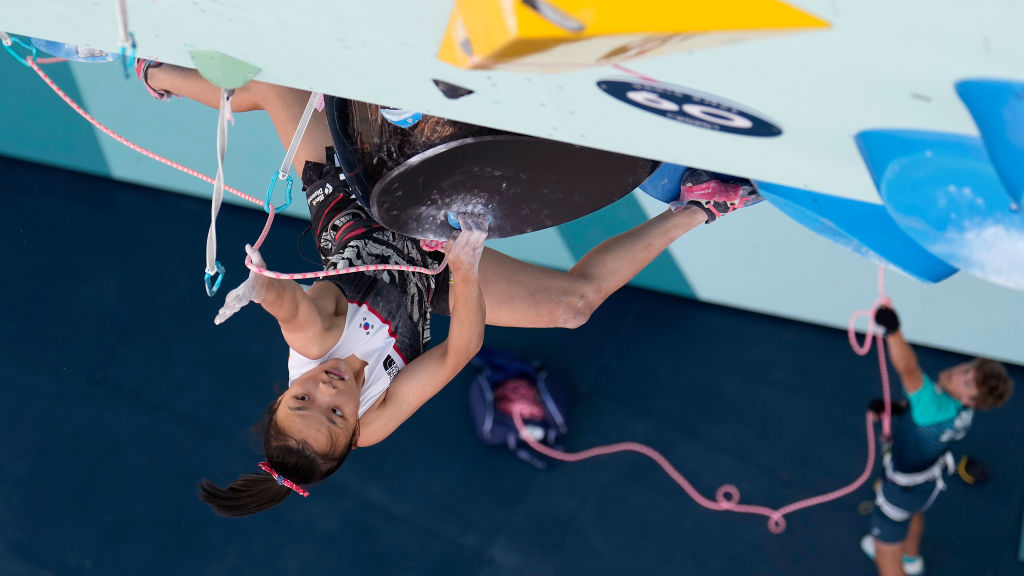Mud? Gravel? Long runs? Race day? We asked the brainiacs behind Hoka which of the brand's trail shoes you need for your next run – here’s what they said
We ask the trail running heavyweight which of its shoes you should choose

If you’ve looked down in the last couple of years, you’re bound to have noticed a lot of Hoka shoes on a lot of feet.
Hoka shoes are everywhere, from town to trail and from street to summit, and while you might be accustomed to outlandish color schemes and midsoles thick enough to rival your favorite camping mattress these days, this brand’s distinctive shoes looked pretty far out when they first burst onto the trail-running scene.
The year was 2010. Instagram had just launched, Apple released the very first iPad and running shoes were having a minimalist moment. Barefoot shoes with zero drop were in, and the prevailing philosophy was that cushioning would destroy your body from the feet up. Some of us were even going so far as to hit the trail in Vibram Fivefingers shoes, designed with an individual pouch for each of your precious toes.
In Annecy, France, a revolution was quietly brewing. Two former Salomon employees named Nicolas Mermoud and Jean-Luc Diard had an idea for something different: an oversized shoe that would offer protection, cushioning, and bounce in a lightweight design.
Together, they formed Hoka and released the Hoka One One Mafate trail running shoe. It featured a thick midsole and rocker geometry that probably looked a little out of place next to the Brooks Cascadia 15 and Salomon XT Wings that came out the same year. But fast forward to today, and Hoka's influence over the trail running market is undeniable.
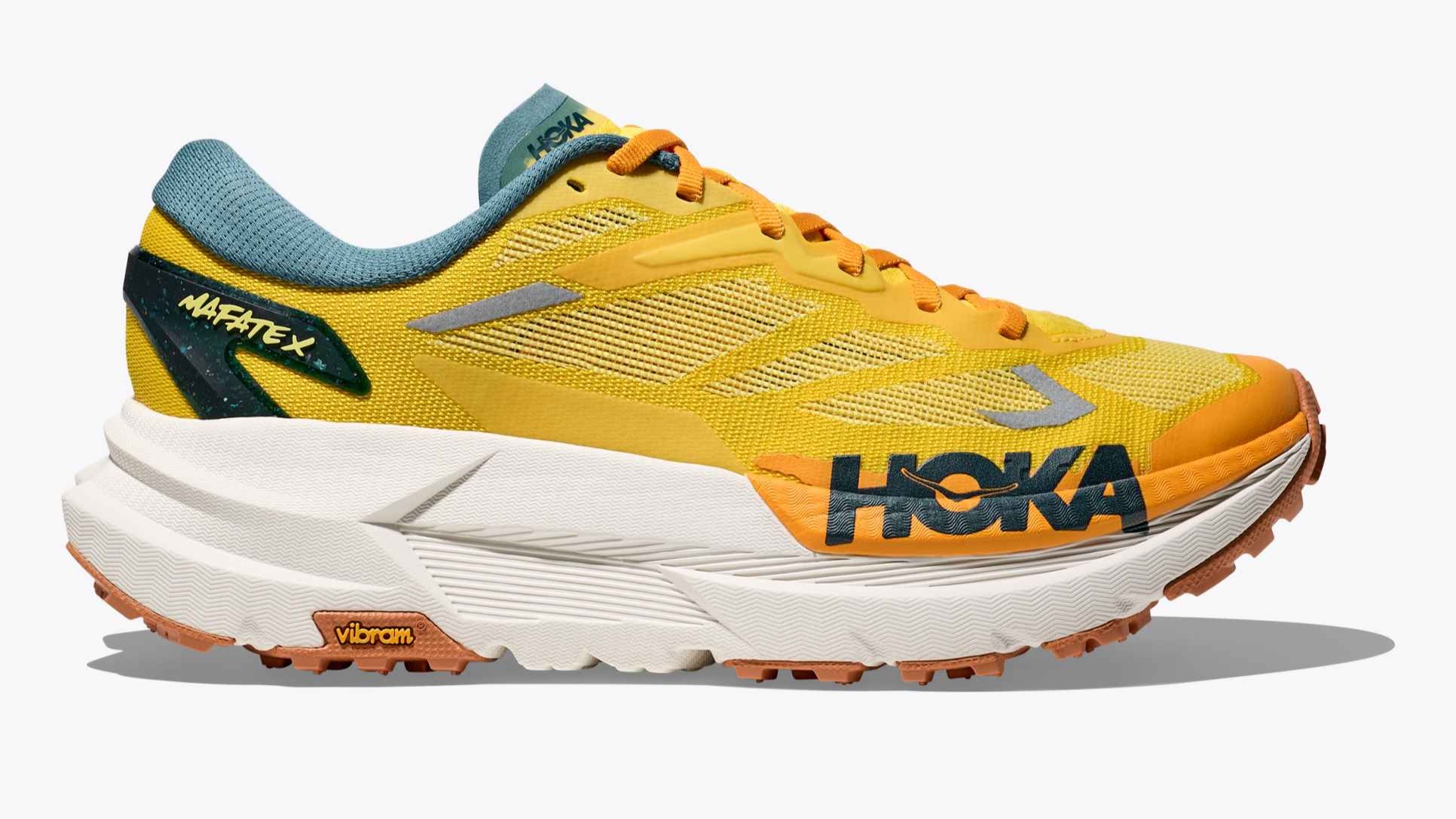
Now the fastest-growing running brand in the world, Hoka is the title sponsor of the world’s biggest ultra marathon, the UTMB, and an official heavyweight in the trail world. If you love hitting the dirt when you’re running, or are thinking of trying trail running this year, at some point you’ll want to test out some Hoka shoes to see if you vibe with them.
Now they've been making shoes for 15 years, there are plenty of different models to choose from, so we reached out to the brand to ask which Hoka trail running shoes are best for different types of run. Here’s what they told us.
Race day: Tecton X3
If your goal isn’t just to cruise through the hills but rather to set a PB at your next trail race, you might want to take a leaf out of ultra runner Jim Walmsley’s book. Recent years have seen the Arizonan establish himself as one of the fastest long-distance trail runners on the planet, and he’s laid down some impressive course records at the UTMB and Western States sporting the Hoka Tecton X 3s.
These shoes will have you race day ready if it’s long distances and rough terrain you’re looking at. They do look a little futuristic, but that’s down to the knit collar that extends up from the tongue like a gaiter to mitigate trail debris, and it’s a feature we’re seeing pop up in other trail shoes from brands like Salomon and even Arc’teryx.
With a 38.5mm stack, you’ll have plenty of padding as the miles go by, and the X in the title denotes a carbon plate for added propulsion, which has added wings for stability. The rocker sole is built for speed and grippy 4mm lugs help you keep up your pace like Walmsley on the downhills (well, probably not quite that fast). Despite the plate and added frills, these shoes aren’t super heavy either.
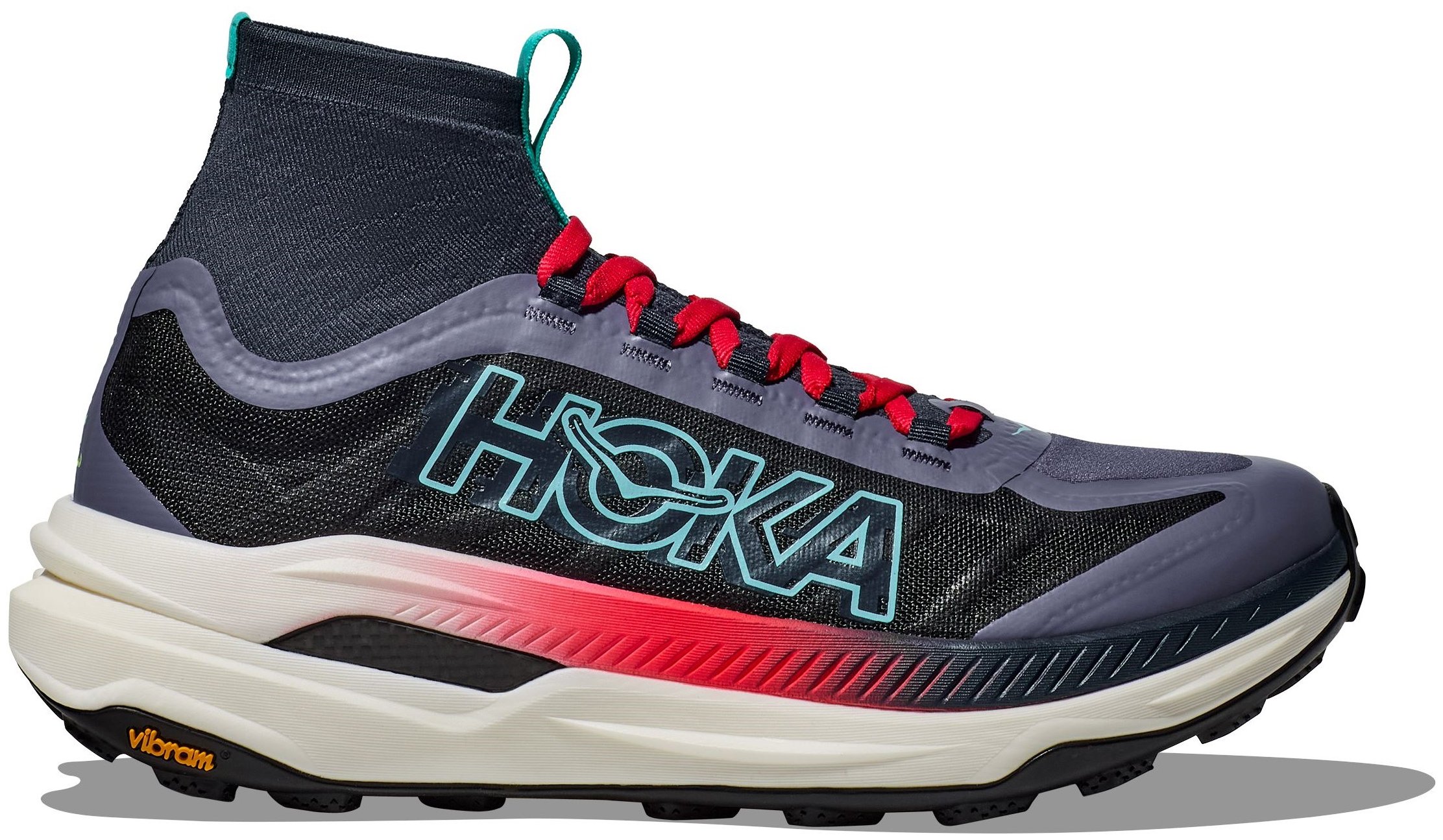
Mountain running: Mafate Speed 4
Not all trail running is mountain running, but when your fast-paced adventures include climbing and descending, you’ll want shoes designed for alpine conditions.
For mountain runners, the brand recommends the Mafate Speed 4. The Mafate family of shoes exhibits the brand’s pinnacle of technical shoes for negotiating tricky terrain, and this iteration took everything that was great about the EVO Mafate and Mafate Speed and made it more breathable, lighter and more responsive.
With deep 5mm lugs, you can confidently navigate scrabbly, slick and steep slopes while a relatively low stack (33mm) and 4mm drop keeps you stable when the ground beneath you is anything but.
There is, of course, plenty of reinforcement around the toe box to protect you from rocks on the trail, and a sturdier foam in the midsole better holds up against hard terrain.
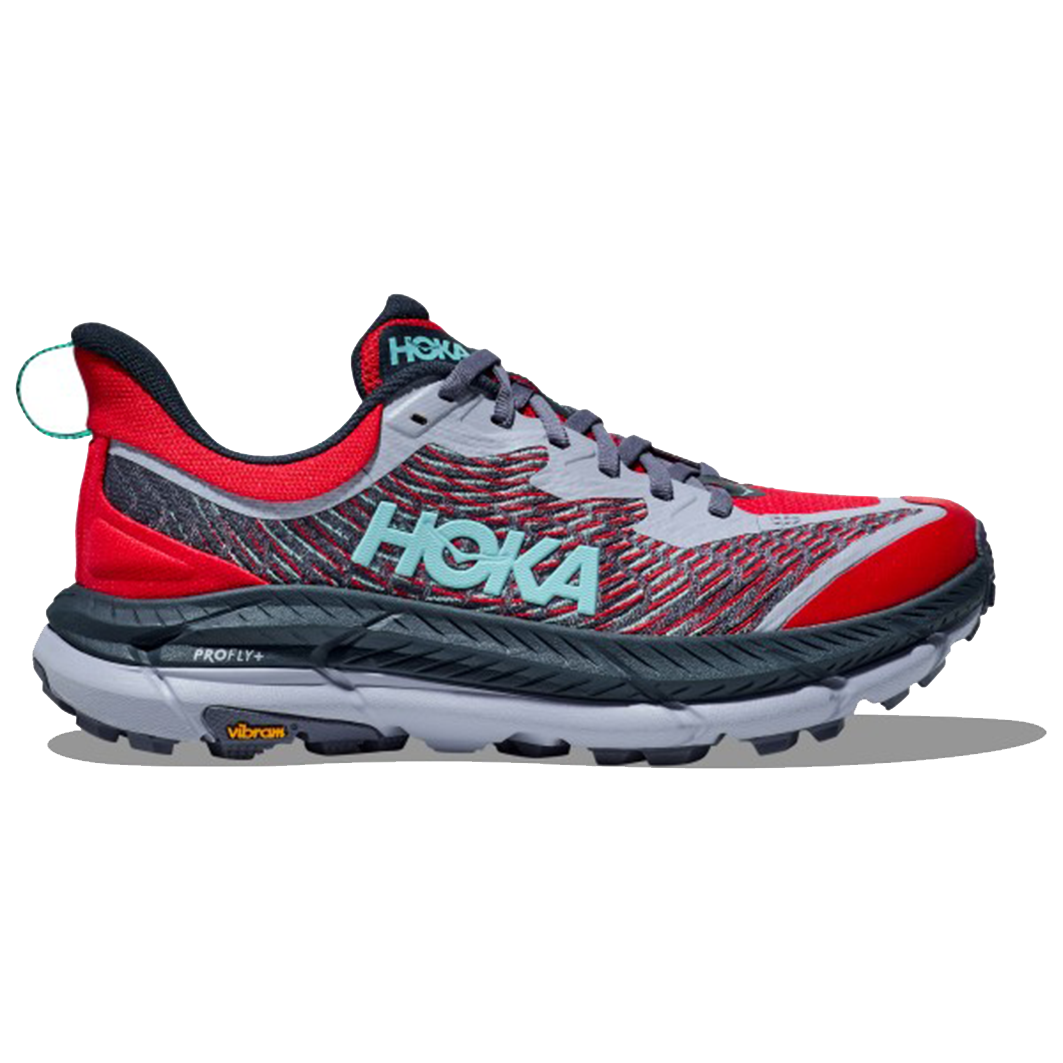
Long runs: Speedgoat 6
For those long days when you’re putting in training miles at low speed, you need a few things from your shoes: comfort, durability and lightweight nimbleness.
Enter the Hoka Speedgoat 6, which demonstrates all of those characteristics in a technical shoe that can handle all kinds of terrain. These aren’t the cushiest shoes you’ll ever wear, but you can stay comfortable for hours thanks to 40mm of foam under the heel, a foot-hugging internal chassis and a breathable upper.
They’re also rugged. I’ve run hundreds of miles in my Speedgoat 6s and they still look nearly new (when I clean them anyway). The woven uppers are really robust and additional overlays add protection for your toes while the outsoles give loads of coverage.
They’re not featherlight, but they are a couple of ounces lighter than the other shoes on this list, so they won’t start to feel like lead weights by mile 10.
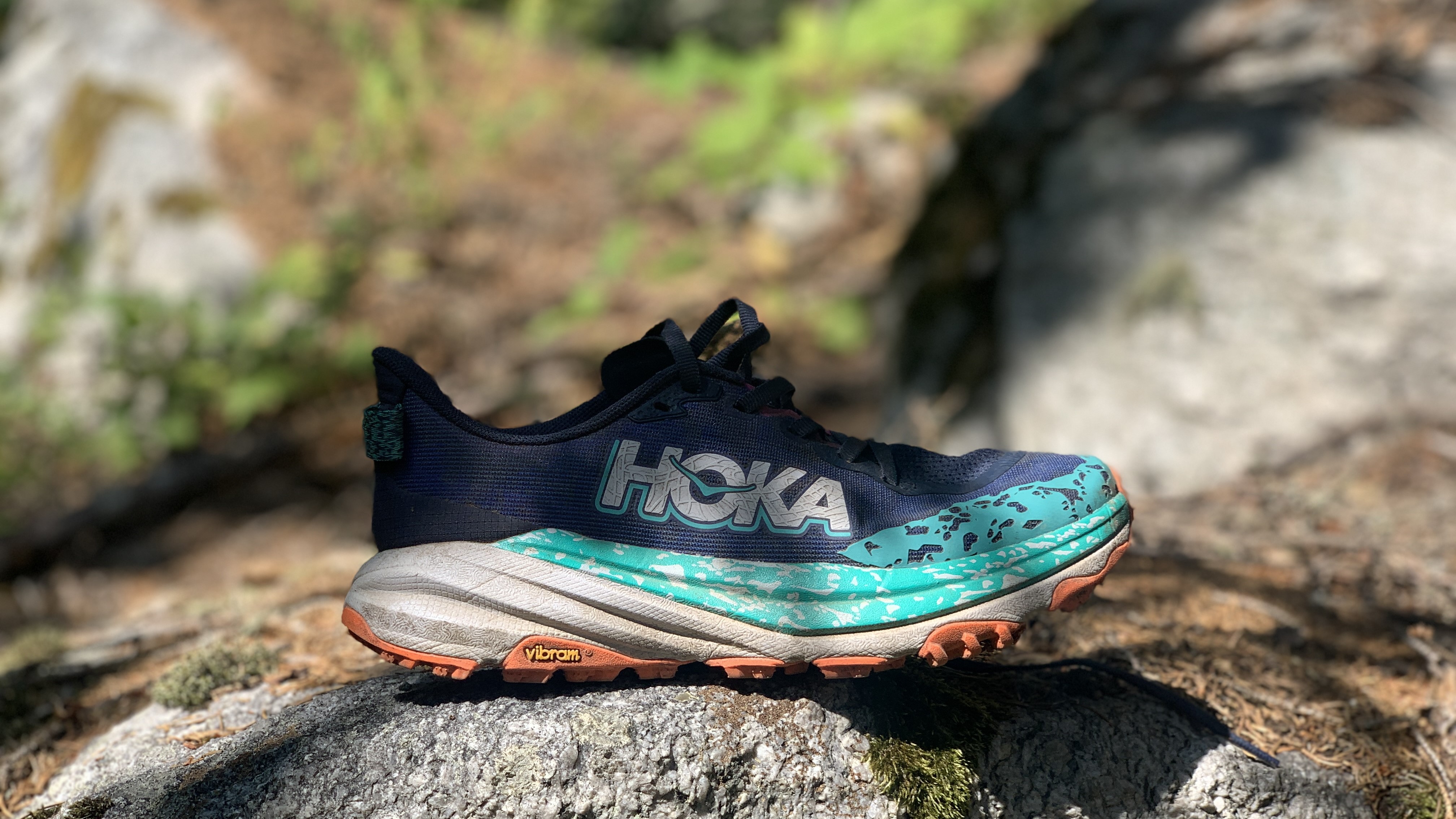
Easy runs: Torrent 4
Not every run is a race. In fact, most training happens during much easier runs – and it’s silly to beat up your pricey race day shoes for these outings. Get yourself a pair of Hoka Torrent 4s for shakeout days and short runs and enjoy a balanced ride.
Compared to a lot of other models (in Hoka’s catalog anyway), these shoes scream both moderation and 'in it for the long haul'. After all, these are the shoes you’ll wear most frequently, so you’ll likely appreciate that the stack isn’t too high (33mm) and the drop pretty neutral (5mm).
Without prescriptive technologies to help with stability, you can run more naturally but you’ll still be able to benefit from enough cushioning when you decide to go further, and a responsive toe-off if you want to pick up the pace. These versatile shoes wrap your foot in the Active Foot Frame and are robust enough to hit the trail time after time.
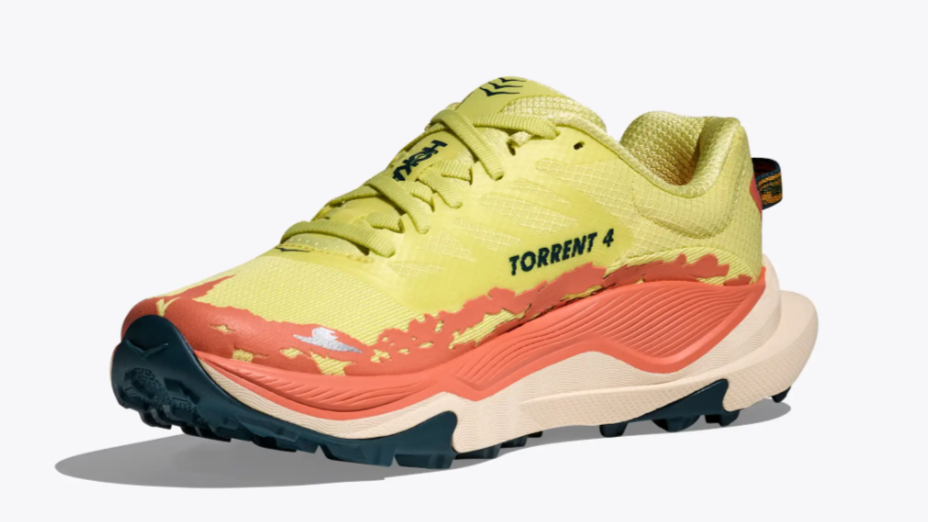
Gravel and mixed terrain: Challenger 7
If your local trails tend to involve more grit than slick rock, the Challenger 7 , with a grip pattern inspired by the tread on gravel tires, are a good choice. Just like on a truck's tires, the outsole on these shoes features smaller, tightly spaced lugs in the center, and larger, more aggressive lugs around the edges, a design that improves traction on uneven terrain and allows the shoes to shed debris easier.
If you’ve tried other Challengers and weren’t so keen, this seventh edition has been completely reimagined from the ground up. The mesh upper is simpler, the foam midsole lighter and plusher.
This shoe is designed to take you from the street all the way to the summit and therefore it’s also the model the brand recommends when your runs involve a mix of tarmac and trail.
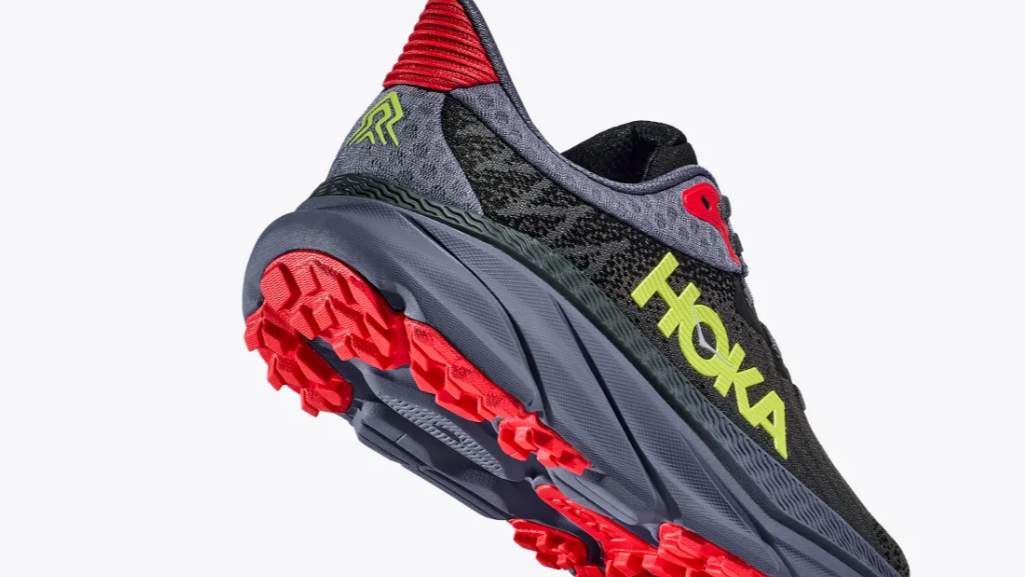
Muddy trails: Speedgoat 6 GTX
Some of us love running on muddy trails (and some of us just don’t have a choice), but either way, sticky, slippery conditions require special hooves.
We’ve already mentioned the Speedgoat 6s as great for long runs due to their comfort, durability and light weight, but they have one other super power. The revised lug orientation on this edition is inspired by (what else?) the hoof of a goat, and it really does lend impressive traction during mud season.
For truly wet and muddy conditions, grab the Speedgoat 6 GTX and the Gore-Tex Invisible Fit waterproof membrane to protect your feet from blisters and swamp foot.
Julia Clarke is a staff writer for Advnture.com and the author of the book Restorative Yoga for Beginners. She loves to explore mountains on foot, bike, skis and belay and then recover on the the yoga mat. Julia graduated with a degree in journalism in 2004 and spent eight years working as a radio presenter in Kansas City, Vermont, Boston and New York City before discovering the joys of the Rocky Mountains. She then detoured west to Colorado and enjoyed 11 years teaching yoga in Vail before returning to her hometown of Glasgow, Scotland in 2020 to focus on family and writing.

